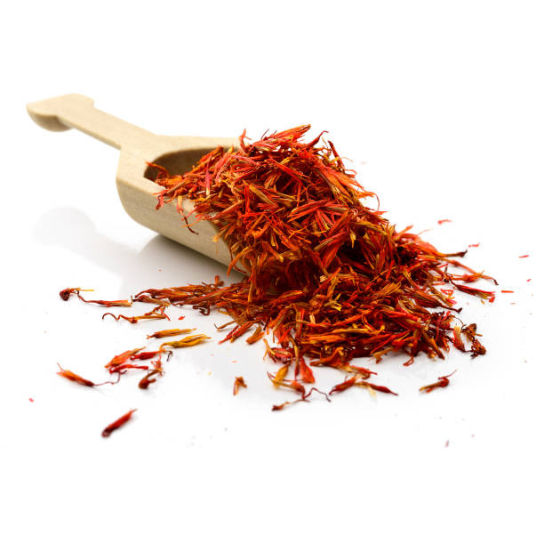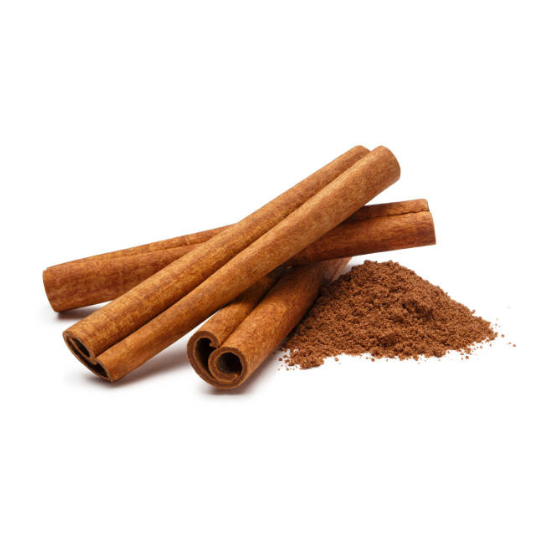Bon Parfumeur Ginger Perfumes
If you're looking for a ginger fragrance, check out one of the latest additions to our haute parfumerie collection: Eau de Parfum 803 combines ginger and pink pepper in the top notes, sea spray and anise in the middle notes, and patchouli and ambergris in the base notes. The result: a patchouli wrapped in the fresh, icy notes of sea spray and ginger.
What does the word ginger mean?
The word "ginger" comes from the Latin "zingiber," which in turn derives from the Ancient Greek "zingíberis." The exact etymology of the word is not entirely certain, but it may be of Dravidian origin, a family of languages spoken in southern India. The term "ginger" is used to refer to both the plant and its aromatic root. It is widely cultivated in various tropical regions around the world for its culinary and medicinal uses.
In the beginning…
Ginger has a long history of use in traditional Chinese and Indian medicine. It has also been used in Asian cuisine for thousands of years. Over time, ginger has become popular worldwide and is now used in many international cuisines, as well as in the perfume industry.
Ginger is native to Southeast Asia, where it grows naturally in warm, humid climates. In China, it has been cultivated for over 3,000 years and was considered a valuable medicinal plant. In the 13th century, ginger was exported to Europe, where it quickly became popular in cooking and medicine.
Ginger is now cultivated in many parts of the world, including India, Africa, and Latin America. Ginger varieties vary in size, color, and flavor, but all share a warm, spicy aroma that is enjoyed worldwide.
Ginger cultivation
Ginger is a plant that can be grown from rhizomes, or roots, which are purchased at grocery stores or nurseries. The rhizomes are planted in nutrient-rich soil, which should be kept moist but not soggy. Ginger can be grown in pots or in the ground, in a sunny, wind-protected location.
Ginger is harvested approximately nine months after planting. The roots are then pulled out and cleaned before being used in cooking or making perfumes.
Ginger is cultivated in many parts of the world , including India, China, Thailand, Nepal, Indonesia, and Sri Lanka. India is the world's largest producer of ginger, producing about one-third of the world's total, followed by China. In Africa, Nigeria and Ivory Coast are also major producers of ginger. In Latin America, ginger is mainly cultivated in Brazil and Mexico.
Each region has its own varieties of ginger, which differ in taste, color, and size. Indian ginger, for example, is known for its spicy flavor and darker color, while Chinese ginger is milder and juicier. Indonesian varieties have a more fibrous texture, while Thai varieties have a more lemony flavor.
Planting ginger is a relatively simple process that can be done in tropical and subtropical regions. First, it's important to select high-quality ginger rhizomes, which are pieces of root that will serve as seeds. The rhizomes should be fresh, with no signs of rot or disease.
Before planting, it is recommended to soak them in warm water overnight to rehydrate them and facilitate germination. Next, it's time to prepare the soil. Ginger thrives in well-drained soil rich in organic matter. It is recommended to grow it in raised beds or pots, as this allows for better control of drainage and soil quality.
The rhizomes are then planted at a depth of about 5 to 10 centimeters, with the buds facing upwards. It is recommended to leave a space of about 15 to 20 centimeters between each rhizome to allow for their development and expansion.
After planting, it is important to water ginger plants regularly, making sure to keep the soil moist but not soggy. Using organic mulch can help maintain soil moisture and reduce weed growth.
As ginger plants grow, they can be lightly fertilized with a balanced fertilizer to promote healthy growth.
Ginger can be harvested about 8 to 10 months after planting, when the leaves begin to turn yellow and dry out. The rhizomes can then be harvested by carefully digging them out of the soil. Some rhizomes can be saved to be used as seeds for the next planting season.
Ginger roots must be harvested by hand to ensure their integrity and quality. The roots must be cleaned and dried before being shipped to processing and perfumery companies for use in the manufacture of perfumes and personal care products.
What did you know about ginger in perfumery?
Once harvested, ginger must be processed and processed for use in the perfume industry. The roots are cut into pieces and dried in the open air or in special ovens to remove excess moisture. The ginger pieces are then ground into a fine powder that can be used in the manufacture of perfumes and personal care products.
The ginger processing process requires considerable expertise and careful attention. Processing companies must work quickly to prevent the roots from losing their freshness and flavor. Many perfumers also use water extractions to obtain high-quality ginger extracts for their fragrance compositions.
Ginger is a key ingredient in many fragrances and personal care products due to its distinctive scent profile . Fresh ginger has a spicy, warm, and pungent scent that is often described as crisp and invigorating. When used in fragrances, ginger can add an exotic and unique touch to compositions, bringing a spicy and fresh note that perfectly complements woody, floral, and fruity accords.
The manufacturing steps of ginger in the perfume industry often include the use of ginger essential oils , obtained from a steam distillation process. These oils have a warm, spicy scent that adds an extra dimension to perfumes. Ginger is also used as a top note in many perfumes to give an impactful and stimulating first impression.
Ginger is increasingly popular in the perfume industry, where it is often used to add a spicy, energizing, and exotic touch to fragrances. It can be used alone or in combination with other ingredients to create unique and original scents. Ginger can also be used in personal care products such as body lotions, soaps, and shampoos to add a fresh and invigorating scent.
Ginger has a pungent, spicy scent that is often described as both warm and fresh. It pairs well with woody, floral, and spicy notes, making it a great ingredient for unisex eau de parfum and winter fragrances. It can be paired with notes of patchouli, lemon, mint, bergamot, rose, and jasmine to create an exotic and energizing scent. Ginger perfumes can be worn by both men and women, for any occasion, from the office to the weekend, and are an ideal choice for those looking to add an exotic and unique touch to their fragrance routine.
GOOD TO KNOW!
Ginger is not only a popular ingredient in the fragrance and personal care industry, but it is also known for its health benefits and virtues. Indeed, ginger essential oil contains many beneficial compounds such as gingerol and shogaol, which have anti-inflammatory, analgesic, and antioxidant properties.
Ginger is often used to help treat nausea, vomiting, and muscle pain. It can also help reduce inflammation and improve digestion. Additionally, ginger is known to boost the immune system, help reduce stress, and promote blood circulation.
The famous ginger flavors
There are many perfumes that use ginger as a key ingredient.
• Twilly Eau Ginger by Hermès : With Twilly Eau Ginger, the Hermès girls express contagious happiness. Created by Hermès perfumer Christine Nagel, this other facet of Twilly stands out with its joyful and sunny spirit. It is a floral eau de parfum that expresses its joyful spirit with candied ginger, generous peony, and lively cedar.
• Five O'clock Ginger by Serge Lutens : As Lutens explains, this is “a candied ginger to be enjoyed only at teatime, in England, in black Wedgwood porcelain. For connoisseurs only… very chic! Tea at Buckingham Palace. Around candied ginger, it’s a ceremony. It serves in us the quicksilver that is the imagination in white gloves. This is a unisex fragrance that combines ginger with notes of tea, sandalwood, cinnamon and honey. This composition creates a warm and spicy fragrance, ideal for ginger lovers.
• Gingembre Rouge by Roger & Gallet: This is a fragrance from the "Gingembre Rouge" collection that features an energizing and refreshing blend of ginger, red berries, and precious essences. This fragrance is designed to evoke feelings of vitality and liveliness. It is available in different formulations, such as eau fraîche parfumée and scented skincare products from the same range.
Whichever ginger fragrance you choose, you'll enjoy its exotic and energizing scent that will add a unique touch to your fragrance routine.
To learn more about our creations for men and women, discover our entire collection online or come and meet us in store.












